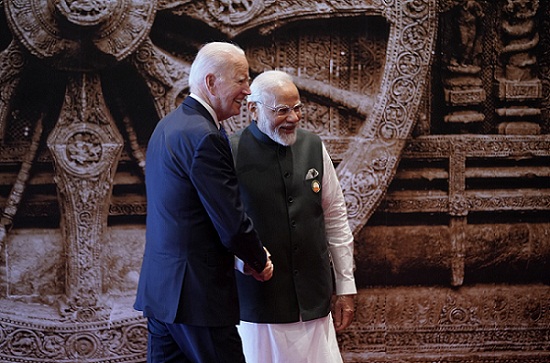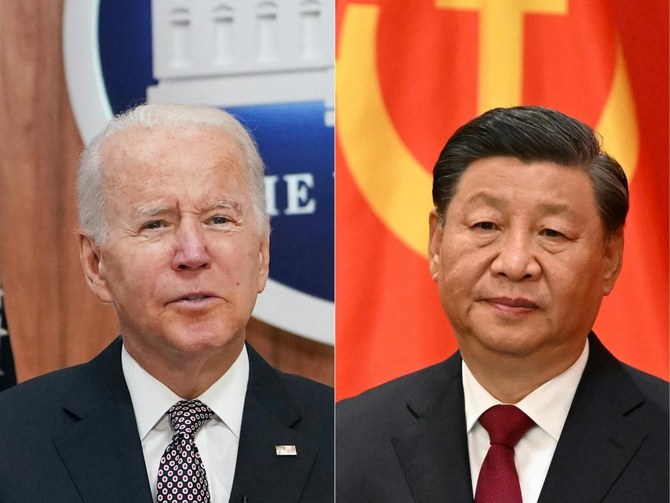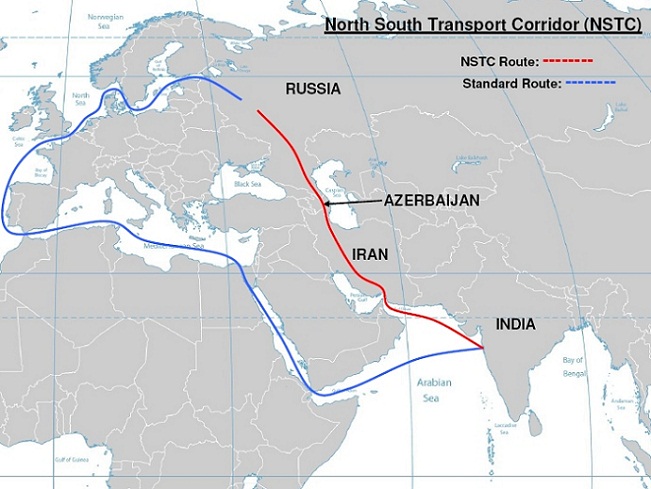Biden’s G20 Strategy To Counter China’s Belt And Road Initiative Via India’s NSTC

10 September 2023
Overview: NSTC | BRI
New Delhi – As world leaders will gather in New Delhi for the G20 summit, one issue is set to dominate discussions: the intensifying competition between the United States, led by President Joe Biden, and China, led by President Xi Jinping. At the heart of this geopolitical rivalry lies China’s ambitious Belt and Road Initiative (BRI), which seeks to reshape global trade and infrastructure. Biden arrives in India ready to counter China’s influence, and nowhere is this more evident than in the realm of shipping, where India’s strategic location is poised to play a pivotal role (North-South Transport Corridor) NSTC.
NSTC Biden’s Counterplay Against the Belt and Road Initiative
Since its inception, the Belt and Road Initiative has been a linchpin of China’s foreign policy, aiming to enhance connectivity and trade across Asia, Europe, and Africa. While China portrays the BRI as a means of fostering global economic development, it has faced criticism for its debt-trap diplomacy, lack of transparency, and potential strategic implications.
President Biden, along with many Western allies, views the BRI with caution and suspicion. In response, his administration has launched the “Build Back Better World” (B3W) initiative. B3W aims to provide an alternative to the BRI by mobilizing private-sector capital to invest in infrastructure projects in low- and middle-income countries. This initiative aligns with Biden’s broader foreign policy goal of reasserting American leadership on the global stage.
India’s Strategic Role in Biden’s Counter-BRI Strategy
India, the host nation of this year’s G20 summit, holds a unique position in the evolving landscape of global trade and geopolitics. As one of the world’s fastest-growing major economies and a democratic counterweight to China in the Indo-Pacific region, India is a key player in Biden’s efforts to counter the BRI.
One of the most significant aspects of India’s role in this strategy is its geographical location. The subcontinent serves as a natural land bridge between the Middle East, Central Asia, and Southeast Asia, making it a vital node for trade and connectivity. India’s western coastline, in particular, is strategically positioned for maritime trade routes connecting the Middle East and Europe.

The Potential Disruption of Shipping Routes
The Biden administration, aware of India’s geographic significance, is looking to leverage its strategic location to disrupt the traditional shipping routes that have long been dominated by China. Currently, the most common shipping route from India to Europe involves crossing the Suez Canal, controlled by Egypt, or taking the longer journey around the Cape of Good Hope at the southern tip of Africa. These routes are essential but are vulnerable to disruptions, such as the recent blockage of the Suez Canal in 2021.
India, in collaboration with the United States, European Union, and other allies, is exploring alternative routes that bypass Chinese-controlled chokepoints. The most notable proposal is the North-South Transport Corridor (NSTC), a multimodal network that connects India to Russia via Iran, Azerbaijan, and the Caspian Sea. The NSTC offers a shorter and potentially more reliable route for goods traveling between India and Europe.
The NSTC: A Game-Changer in Shipping
The North-South Transport Corridor, once fully operational, could revolutionize shipping from India to Europe via the Middle East. It would reduce transit times, lower transportation costs, and minimize exposure to geopolitical tensions in key chokepoints.
Reduced Transit Times
One of the main advantages of the NSTC is its potential to significantly reduce transit times. Currently, shipping goods from India to Europe through the Suez Canal takes approximately 25-30 days. In contrast, the NSTC could cut this transit time by nearly half, with estimates suggesting a journey of 14-16 days.
Lower Transportation Costs
Reduced transit times not only save time but also money. Shorter routes mean lower fuel consumption and reduced operational costs for shipping companies. This cost efficiency could make the NSTC an attractive option for businesses looking to optimize their supply chains.
Geopolitical Resilience
Perhaps the most compelling aspect of the NSTC is its ability to bypass traditional maritime chokepoints, such as the Suez Canal and the Strait of Hormuz. By doing so, it offers greater resilience against geopolitical tensions, blockades, and disruptions. This is particularly relevant in a world where maritime security concerns are on the rise.

International Cooperation and Challenges
While the NSTC presents promising opportunities, it also comes with challenges that need to be addressed. International cooperation will be crucial to the success of this alternative route. Diplomatic negotiations, infrastructure development, and security arrangements must be coordinated among the countries involved.
Additionally, the NSTC passes through regions with their own geopolitical complexities, including the ongoing conflict in Ukraine and tensions between India and Pakistan. These challenges require careful diplomacy and risk mitigation strategies.
Conclusion: Shaping the Future of Global Shipping
As President Biden arrives in New Delhi for the G20 summit, all eyes are on the evolving competition between the United States and China. The Belt and Road Initiative and its counterplay through the Build Back Better World initiative are at the forefront of this rivalry. India’s strategic location and the development of the North-South Transport Corridor offer a glimpse into the future of global shipping.
The success of the NSTC could reshape the dynamics of international trade and reduce dependency on traditional maritime routes controlled by China. However, realizing this vision will require extensive cooperation, infrastructure investment, and careful diplomacy among nations. As world leaders gather in New Delhi, they face a pivotal moment that could determine the future of global shipping and the balance of power in the Indo-Pacific region.
Click here to join our Telegram chanel
You will get information, news, and support related to Merchant Navy.
